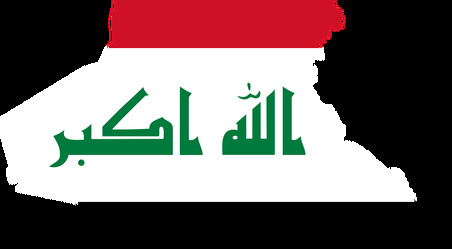Relevant Legal requirements for Teaching Science
From the FAITH Magazine Jul-Aug 2007
At Key Stage 2 (Age 7+ to 11, Years 4 to 6) schools have to teach the following: Growth and reproduction; the main stages of the human life cycle; reproduction; the parts of the flower [for example, stigma, stamen, petal, sepal]and their role in the life cycle of flowering plants, including pollination, seed formation, seed dispersal and germination.”
At Key Stage 3 (age 11 to 13+, Years 7 to 9) schools have to teach: that fertilisation in humans and flowering plants is the fusion of a male and a female cell; about the physical and emotional changes that take place during adolescence; about the human reproductive system, including the menstrual cycle and fertilization; how the foetus develops in the uterus, including the role of the placenta. With proper teaching by actual Catholic teachers, or teachers instructed on Catholic doctrine, none of this presents a problem. Indeed, the knowledge of the development of the “foetus” is a tremendous counter to the arguments of the abortionists.
At the final level, Key Stage 4 (Age 14 to 16, Years 10 and 11), the requirements are for schools to teach: “Hormones the way in which hormonal control occurs, including the effects of insulin and sex hormones; how variation arises from genetic causes, environmental causes, and a combination of both; that sexual reproduction is a source of genetic variation, while asexual reproduction produces clones; that mutation is a source of genetic variation and has a number of causes; how sex is determined in humans; the mechanism of monohybrid inheritance where there are dominant and recessive alleles; about mechanisms by which some diseases are inherited; that the gene is a section of DNA; the basic principles of cloning, selective breeding and genetic engineering.”





